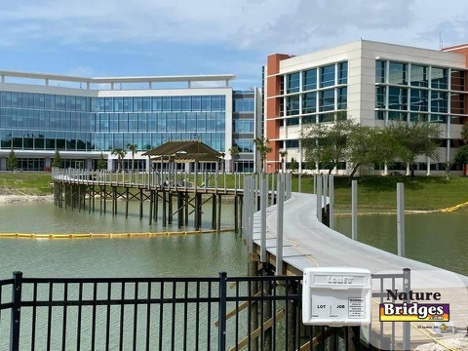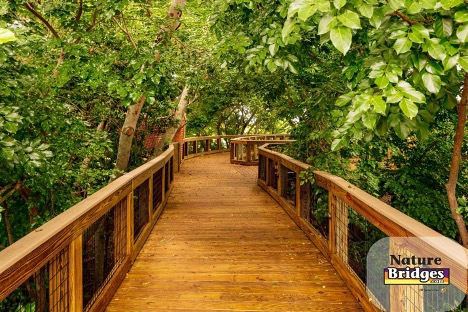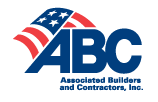You may have seen on the Nature Bridges web site that we use top-down construction. This method allows us to construct timber bridges in an environmentally-friendly way without the negative impact of traditional construction. In many cases, the project goes more quickly than with bottom-up construction, and is better for your budget through lower permitting and construction costs. But how is top-down construction really different?
Top-Down Construction for Bridges
Here is the basic process for top-down construction:
1. Planning (concept, design, permitting)
Planning sometimes takes a little longer than with traditional bridge construction. Top-down construction companies look carefully at the job site to determine how we can fit the structure into the environment. Many other bridge constructors look more at how they need to change the landscape to fit the bridge design, which takes less time to plan.
2. Clearing (only the area necessary for construction)
With top-down construction, we don’t need to fit large equipment along both sides of the structure. Instead, we can usually clear only the area needed for the bridge. In many cases, we don’t have to clear much at all because of the top-down construction method.
3. Small, efficient machines used to install foundations/piles for first section
With a traditional bridge, the crew drives the equipment along the sides of the structure, installing any foundations. Sometimes, they have to build temporary platforms or structures to drive on first. After installing all foundation work, they come back to frame and install the bridge deck, requiring many passes through the surrounding environment, causing more damage to the landscape. With top-down construction, Nature Bridges uses small, efficient machines to build the entire structure from within its constrained footprint, keeping all equipment on top of the bridge deck, preserving the planet. If we need to add temporary support for our equipment, we can still do that directly from the bridge deck instead of from the ground next to it.

When we have all of the structural components of the bridge completed, we can then use that same equipment driving over the bridge – or even our crew on foot – to finish out construction. When it’s all over, your new bridge is beautifully made in a way that supports the surrounding environment.
4. Clean-up
When the bridge is finished, we clean up! It’s usually easier than with traditional bridge construction, because we don’t have as much heavy equipment. Even better, the way we maintain top-down construction equipment prevents fluid buildup that could cause environmental damage.



P.O. Box 516
Monticello, FL 32345
Phone: (850) 997-8585
Fax: (850) 385-3493
estimating@naturebridges.com